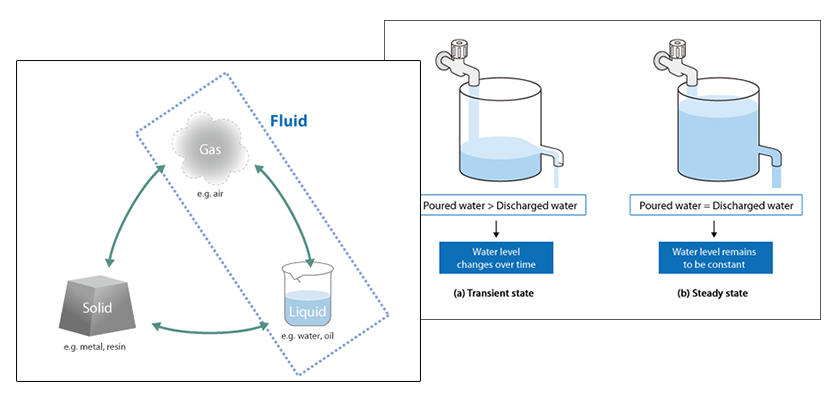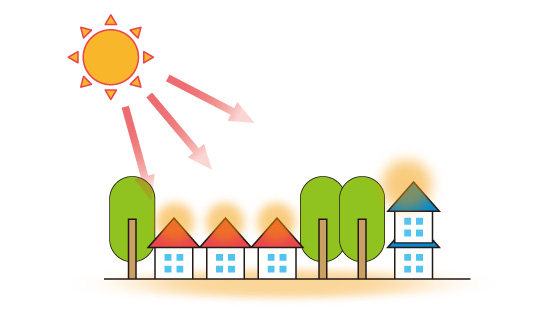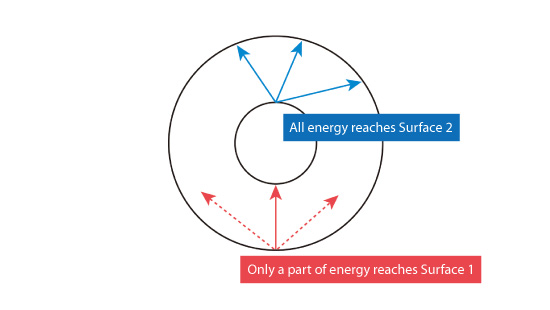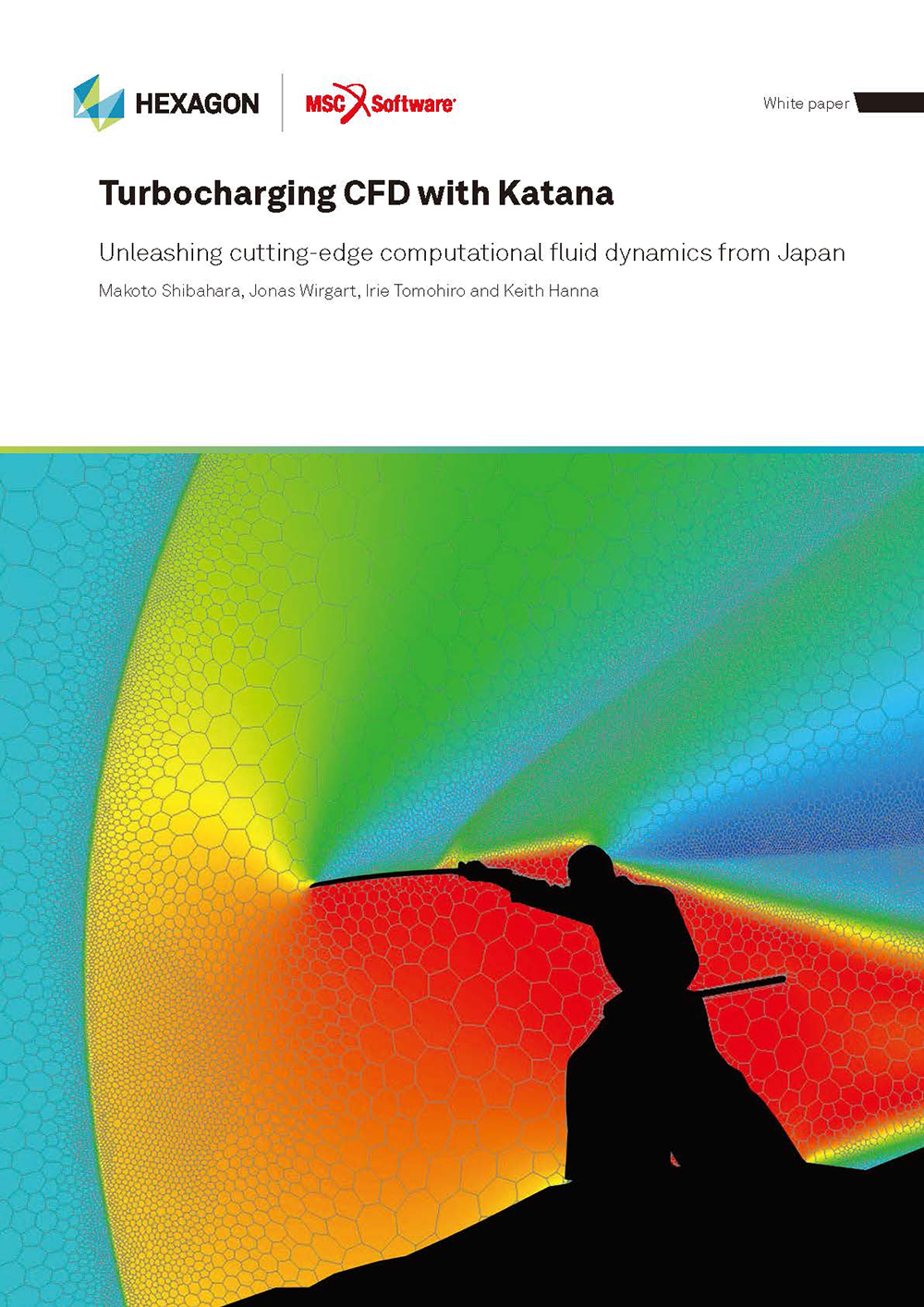Basic Course of Thermo-Fluid Analysis 11: Chapter 4 Basics of Heat - 4.4.3 Radiation

Chapter 4 Basics of Heat III
4.4.3 Radiation
When the atoms and molecules within an object move, some of their internal energy is released in the form of electromagnetic waves. In contrast, when an object receives electromagnetic waves, it absorbs the energy and converts it into internal energy. Heat transfer via electromagnetic waves is called radiation heat transfer.
For both conduction and convection, a medium is needed to transfer energy. Conduction transfer energy through a material. Convection transfers energy though a fluid. In contrast, radiation does not require a medium to transfer energy. Radiation heat transfer can occur in a vacuum such as outer space.
Consider Figure 4.8 where the temperature on the roof and the street is higher than the air temperature on a sunny day. This is because electromagnetic waves released from the sun directly warm up the surfaces of the roof and the street, and pass through outer space and air.

Figure 4.8: Heat transfer by radiation
Emissivity is a characteristic of a solid, liquid, or gas, and expresses the rate that the material absorbs or releases energy by radiation. The range of emissivity is 0 ~ 1. The greater the value, the more energy is absorbed or released due to radiation. If a material has an emissivity of 1.0, this means the material will absorb all the radiation energy that hits its surface. None of the energy will be reflected from its surface. In addition, if a heated material has an emissivity of 1.0, this means the material will radiate the maximum amount of energy from its surface. Emissivity varies depending on the material and/or a color on the surface of an object. In general, emissivity is high for a black object and low for a white object or a well-polished (reflective) surface.
View factor is another important parameter in radiation heat transfer. It expresses the proportion of total energy which is released from one surface and reaches the other surface. The view factor is determined from the geometric shape of two heat transfer surfaces. The value of the view factor ranges from 0 ~ 1. If the receiving surface is completely visible, the view factor is 1. If it is not visible, the view factor is 0.
In Figure 4.9, Surface 2 can be seen from Surface 1 in all direction (blue lines). Therefore, the view factor from Surface 1 to Surface 2 is 1. On the other hand, only part of Surface 1 can be seen from Surface 2 (red solid lines). Part of Surface 1 cannot be seen from Surface 2 (red dashed lines). Therefore, the view factor from Surface 2 to Surface 1 is less than 1. An important point to note is that the view factor between two surfaces will often not be the same value.

Figure 4.9 Example of view factor
The higher the emissivity of two surfaces at different temperatures and the larger the view factor, the larger the amount of heat transfer by radiation between the surfaces.

About the Author
Atsushi Ueyama | Born in September 1983, Hyogo, Japan
He has a Doctor of Philosophy in Engineering from Osaka University. His doctoral research focused on numerical method for fluid-solid interaction problem. He is a consulting engineer at Software Cradle and provides technical support to Cradle customers. He is also an active lecturer at Cradle seminars and training courses.


